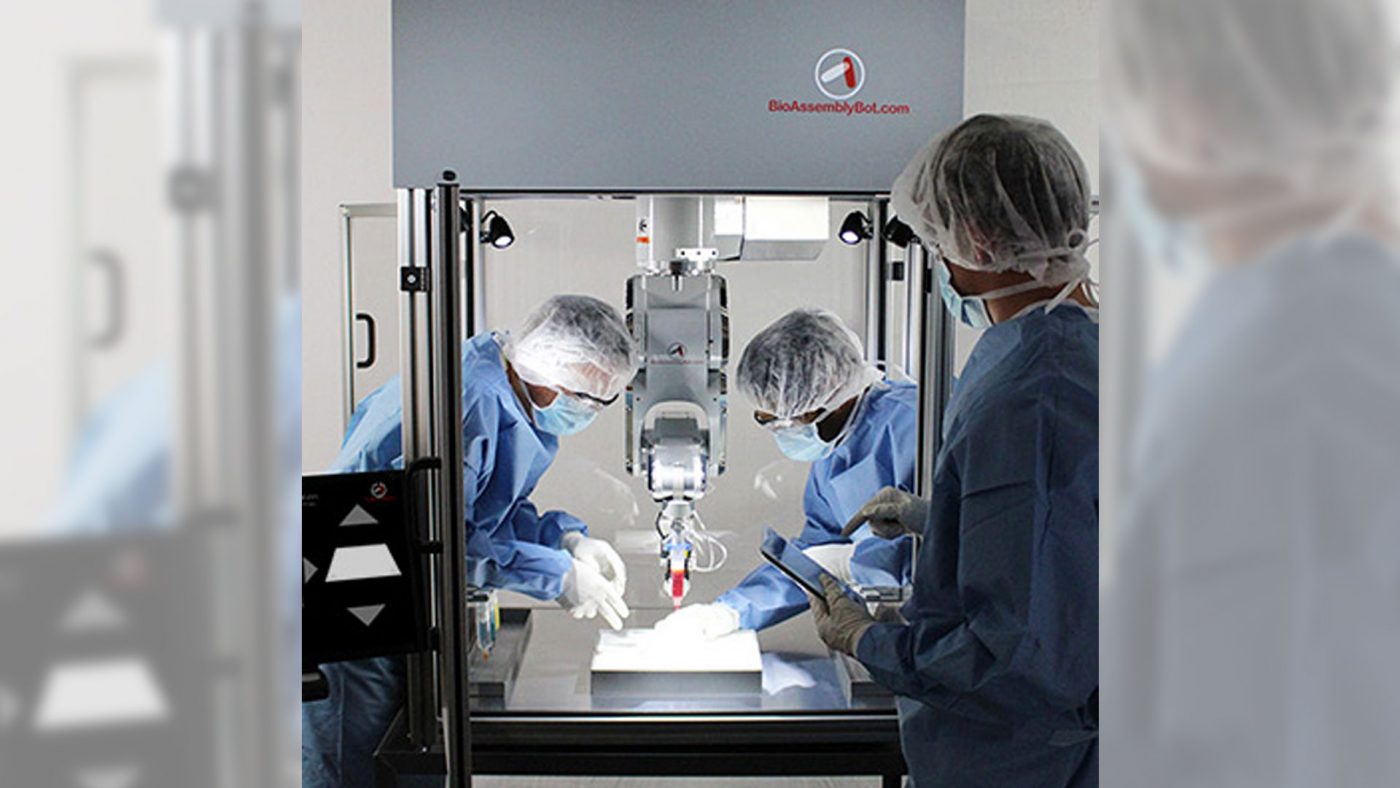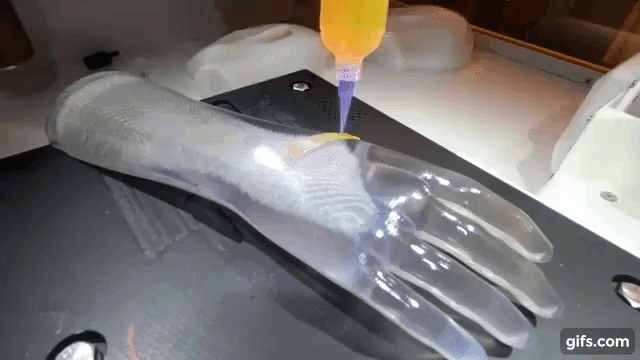Credit: 3dprintingindustry.com
Clinicians of various specialties require autologous implantable tissues to repair and replace damaged tissue caused by diseases or trauma. With 3D bioprinting it is possible to manufacture such tissues, however, its biomechanical characteristics reduce its capabilities to be sutured.
As a result, 3D.FAB, a French additive manufacturing platform, is developing a “living bandage” using 3D bioprinting and direct additive manufacturing. According to the platform’s project “STRESSKIN,” such technologies can be positioned in this field of regenerative and personalized medicine to address this issue.
The STRESSKIN Project
3D.FAB focuses on technological academic innovation in the field of health. In particular, the platform holds two main areas of expertise; the first includes biochemistry, especially diagnosis with prototyping 3D lab-on-chip, novel materials for 3D medical devices, biocompatible polymers, and cell-size 3D printing. The second attends to regenerative medicine through bioprinting living tissues.
One of several private projects from 3D.FAB, STRESSKIN aims to create innovative solutions to elevate the mechanical properties of bio-printed tissues towards biomimetic properties. “Once acquired, the applications will be vast and allow a multitude of specialists to find autologous and sustainable solutions to replace and repair tissue,” states 3D.FAB.
The 3D printed bandage is from a cell-based bioink. Using a BioAssemblyBot, a 6-axis robotic arm for biofabrication, this material is deposited onto the patient’s skin, forming an autograft that will create new skin in approximately two weeks. This approach is said to overcome other 3D printed skin solutions which have been proven to be too fragile to be sutured.

3D printed bandages
3D printed medical bandages are finding increasing uses by healthcare professionals. Scientists have developed smart bandages to treat and monitor open wounds and burns, ultimately accelerating the healing process.
Last year, Swansea University’s Institute of Life Science integrated 3D printing, nanotechnology, and biochemistry to create a fabric laced with minute particles of electro-conductive ink, for such injuries. This particular smart bandage collects data which is used to determine whether a wound needs extra care.
Following this, researchers at MIT debuted its perforated elastomer film with “kirigami” slits using 3D printed molds to improve the adhesiveness of additively manufactured medical bandages and wearable electronics.


